kWh to W Conversion-Easy Understanding of the Power Parameters
Table of Contents
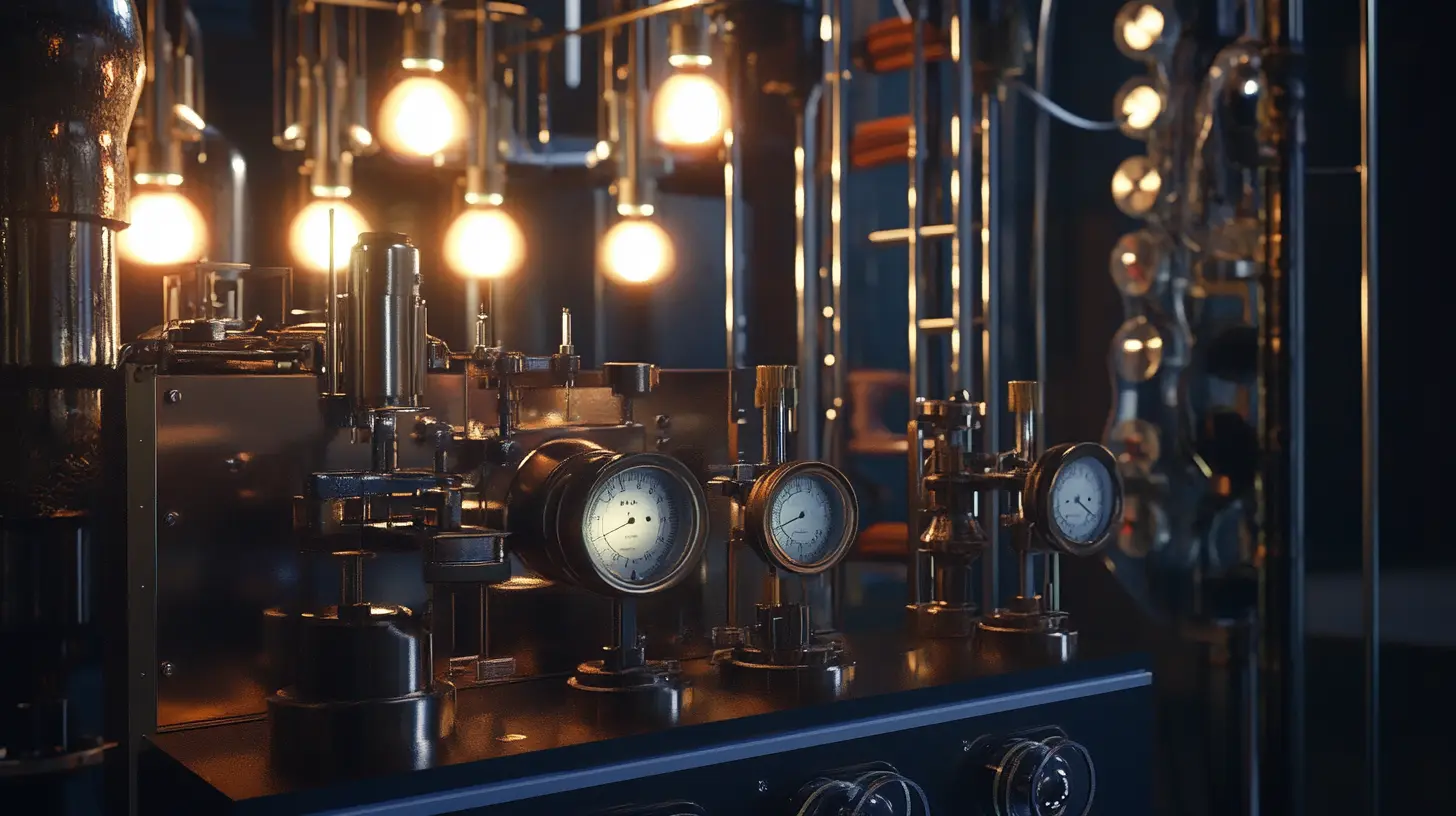
kWh to W Conversion-Easy Understanding of the Power Paramters
In our daily work, we often need to calculate the relationship between the power of equipment and the electricity will be used. This concept is very easy to confuse. This article attempts to use a simple method to understand kWh to W Conversion
Reference Video
Easy Way to Understand Watt and kWh
First let’s look at the definition of Watt:
The watt (symbol: W) is the unit of power or radiant flux in the International System of Units (SI), equal to 1 joule per second or 1 kg⋅m2⋅s−3. It is used to quantify the rate of energy transfer. The watt is named in honor of James Watt (1736–1819), an 18th-century Scottish inventor, mechanical engineer, and chemist who improved the Newcomen engine with his own steam engine in 1776. Watt’s invention was fundamental for the Industrial Revolution.
source: What is watt
The kilowatt-hour is a composite unit of energy equal to one kilowatt (kW) sustained for (multiplied by) one hour. The International System of Units (SI) unit of energy meanwhile is the joule (symbol J). Because a watt is by definition one joule per second, and because there are 3,600 seconds in an hour, one kWh equals 3,600 kilojoules or 3.6 MJ.
source: What is kilowatt-hour
To be honest, it is hard to understand this definition. Let’s use a simpler way to understand what is watt. Please see the following example:
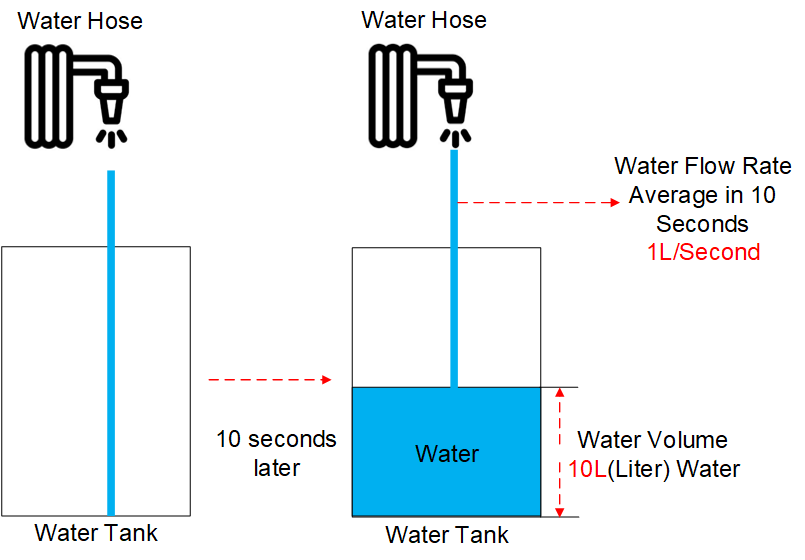
Suppose there is a water tank that is empty at the beginning. A water hose is filling the tank with water for 10 seconds, so there are 10L (Liter) of water in the tank.According to this scenario, we can know several key values:
Water Volume = 10L
Water Flow Rate = 10L/10Seconds= 1L/Second
It is easy to understand here. So let’s think about it this way. The parameter power in Watt can actually be understood as the water flow rate, and the power consumption in kWh can be understood as the water volume. This means that the power in Watt is used to measure the average amount of electricity consumed by the electrical equipment per second. And the power consumption in kWh can be understood as how much electricity the device consumes in total after one hour.
To summarize, the conversion between water volume and average water flow rate requires a time parameter. The same is true for power in watt and power consumption in kWh. kWh to W conversion requires a time parameter.
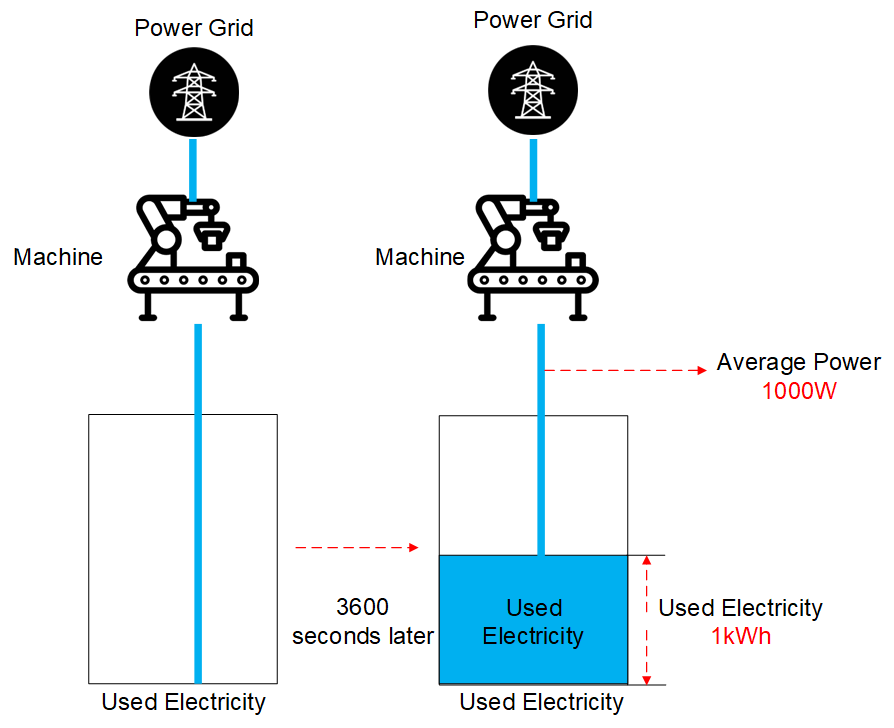
According to the above figure, let’s understand it visually. We have a machine that runs for 3600 seconds, and the final power consumption is 1kWh, and its average power is 1000W. Here, average power is the water flow rate in the previous example, and used electricity or power consumption is the water volume in the previous example. The following is the calculation relationship between them:
Power Consumption(kWh) = Average Power(In kW Unit) * Time( In Hour Unit)
Please note that the confusing part is often the units. This calculation formula is very simple, but please pay attention to the kWh unit. If we break it down, it is killo Watts Hour, right? So the average power in the calculation formula is in kW instead of watt. 1kW = 1000 Watt. The time in the formula is in hours instead of seconds. We know that one hour is equal to seconds. 1hour=3600 seconds.
Based on this understanding, let’s look at the relationship between the parameters in the previous case.
Average Power in kW = Average Power in Watt/1000 = 1000W/1000 = 1kW
Time in hour = Time in seconds/3600 seconds per hour = 3600 seconds/ 3600 seconds per hour = 1hour
Power Consumption(kWh) = Average Power(In kW Unit) * Time( In Hour Unit)
= 1kW*1hour
= 1kWh
Power in Watts is not necessarily a constant value over a period of time.
In the previous article, we explained the conversion relationship between kWh and Watt. Here I would like to expand on this and explain the actual operation of electrical equipment.
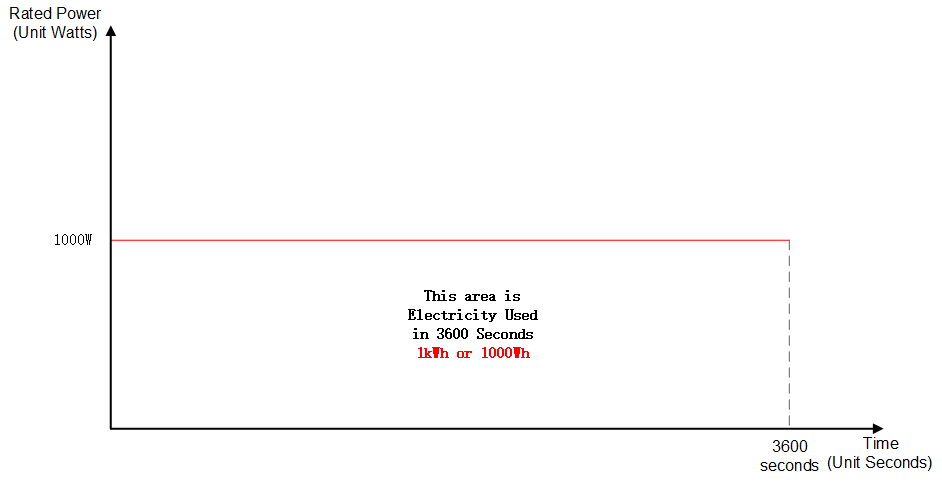
Suppose we have an electrical device whose average power is 1000W or 1kW, and after it runs for one hour (3600 seconds), its power consumption is 1kWh. We may ideally think that the power operation curve is a straight line, which has been stable at 1000W.
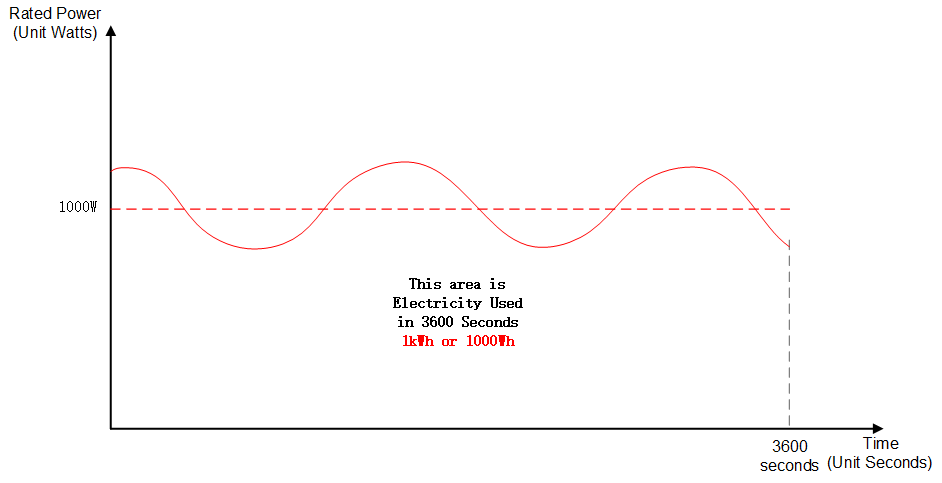
However, even if the average power of an electrical device is 1000W during actual operation, its instantaneous power may not be 1000W. It may be a fluctuating value. Just looking at it over a period of time, its average power is 1000W, and after it runs for one hour, the electricity used is 1kWh. This provides some warnings for choosing power supplies, UPS, etc. for electrical equipment, and some margin considerations need to be made. For more details, please refer to other articles on this site as follows:
One Real Example for kWh to W Conversion
Let’s use a practical example to explain kWh to W conversion. Suppose we have an electrical device with an average power of 2300W. It runs at this power for 56 hours. How many kWh electricity does it use?
According to our explanation in the previous part of the article, W and kWh are not the same concept. Power in Watt is used to measure the average amount of electricity consumed by the electrical equipment per second. And the power consumption in kWh can be understood as how much electricity the device consumes in total after one hour. So the conversion between them actually lacks the element of time. Let’s take out the formula in the previous chapter to see how to solve this problem:
Power Consumption(kWh) = Average Power(In kW Unit) * Time( In Hour Unit)
2300W in kW Conversion = 2300W/1000 =2.3kW
We already know that the 2300W device runs for 56 hours. Substituting it into the formula, we can get the conversion:
Power Consumption(kWh) = Average Power(In kW Unit) * Time( In Hour Unit)
= 2.3kW*56hour
= 128.8kWh
So 2300W devices runs 56 hours needs electricity 128.8kWh, thus we finished the kWh to W conversion
Summary
To summarize, kWh to W conversion is confusing if we don’t understand the concepts between the two. They need time parameters to link them together. Please read this article again if necessary, or contact us by email if you have any questions.

